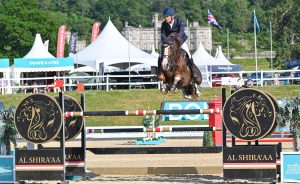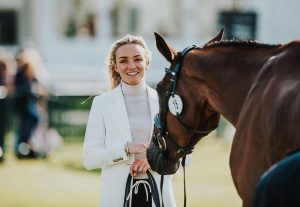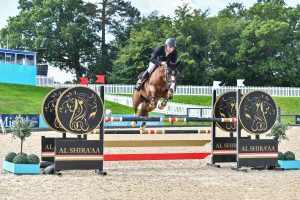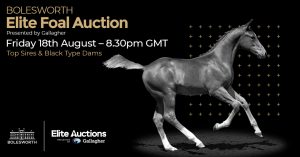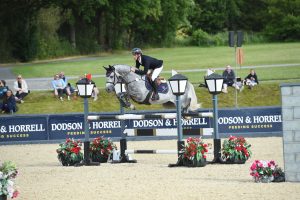Do you need a hand with your horses?
Here are hard working grooms and work riders who have listings on Horse Scout. If you are looking for someone to help at your stables or with your horse have a look at our Grooms & Work Riders pagesSome of Horse Scouts listed Work Riders and Grooms
Steph Farrar – Sandbach, Cheshire I am a kind, patient and sympathetic rider, specialising in problem horses. I have ridden since the age of four, and loaned and owned horses for many years. I worked with problem horses for around ten years and have had some marked success with a number of troublesome horses, some of which had been deemed ‘unrideable’ by their owners or other riders. From loading worries to spookers to bolshy or aggressive horses, to those are simply young and green, I will try and help. I specialise in jumping, both show jumping and cross country, but am also happy to school in dressage, lungeing, groundwork and join-up/natural horsemanship techniques. If you need a horse or horses exercising, breaking, schooling, competing or problem behaviour resolved. I am based in Cheshire, but will happily cover Staffordshire, Manchester, Derbyshire and more. My rates vary with distance travelled. My references are available upon request. Specialist areas – Breaking & Producing, Eventing, Dressage, Hunting, Show Jumping, Rehabilitation,
Lizzie Norton – Henstridge – I am a freelance groom based in henstridge, Somerset. I work in the Somerset, Dorset and Wiltshire area but willing to travel. Am available for all groom duties from day to day duties, short or long term cover, competition grooming plus able to travel to competitions with you, hunt preparation. Also available for all riding aspects. Specialise in breaking in youngsters, difficult horses, retraining of ex racehorses. Able to meet any need in which you have. Specialst areas – Breaking & Producing, Eventing, Dealing, Hunting, Livery – All Types, Show Jumping, Point to Point, Pre-Training Race, Racing – Flat, Racing – Jump, Racing – Dual Purpose, Rehabilitation, Riding Schools, ROR,
Fiona Jopling in Hampshire is a professional groom. She is available and looking for work She is an experienced groom with 20 years expertise. She has a Lorry 7.5 tonne driving license and a valid driving license. She has experience in Backing /Breaking/P2P/ Race horses/exercising youngsters and competition riding (Affiliated) She lists her areas of expertise as Breeding & Stud work, Breaking & Producing, Eventing, Dressage, Driving, Pre-Training Race & Rehabilitation
Becky Forte from Bexhill in East Sussex says she has a high standard of turnout and can trim clip etc. she has good client liaison skills and is easy and professional with her clients. In my past life I have worked with horses from the age of 17 including event horses up to Badminton level where I was sole charge groom and show jumpers to international standard. I have BHS Stage II, Pony Club B+ and have XC trained up to Novice level. At home I am competing Novice level dressage and 80cm SJ (I’m not as brave as I was!) I am currently working full time away from horses and have a family. I have been doing the odd weekend/holiday/show week (i.e. Hickstead) cover and really enjoy it. I am happy to travel and hold a full clean UK driving licence. I have not driven a lorry but as I am older (!!) I have the facility on my licence to drive up to 7.5 tonne and would be happy to do this if required. If you are in the South and need occasional help at shows or at home and would like a sensible, experienced animal loving person to help then please feel free to contact me. I can still plait and trim but my clipping is rusty and I would not be confident doing a complicated clip. I feel it is important to be honest about my capabilities. I am not looking for a further career in horses, I just enjoy grooming and would like to attend the odd show/event and/or help someone out if I am able.

